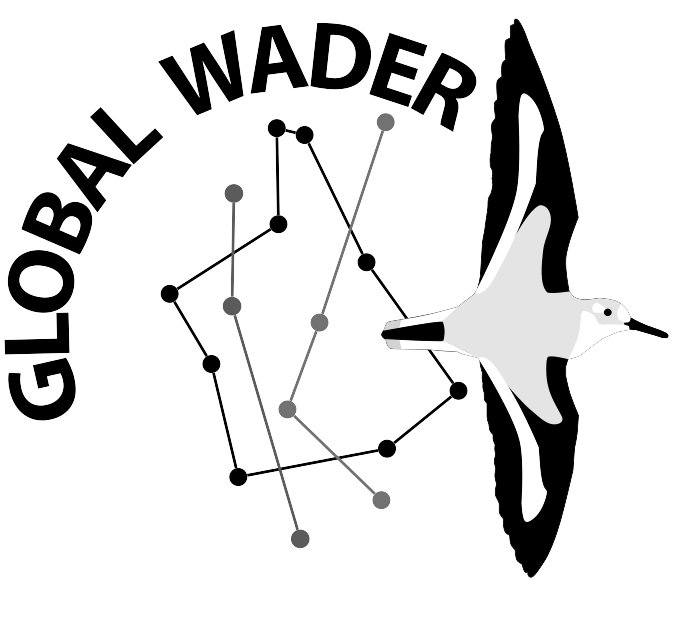
About Global Wader
Why register projects and archive tracking data?
Wader tracks can be used for multiple purposes. A study focusing on long-distance migration may also reveal interesting patterns of local site-use – and vice-versa. In the future, early tracking data may be especially valuable for understanding changes in wader movements over the coming century. To maximise the usefulness of tracking waders, the data need to be findable and useable.
Archiving wader tracks in an appropriate repository, with accurate documentation of how the data was collected and processed, as well as using standard data and meta-data formatting, is essential to ensure their long-term usability for science and conservation. Data must also be findable: currently, there is no way to find projects until (or unless!) the data is published, which often takes years. This can create time lags in the availability of data, e.g., in time-critical conservation cases.
Registering studies is intended to be the first step in developing mutually-beneficial collaborations. For instance, two smaller projects tagging the same species in different parts of the flyway might both be able to increase the sample size available for their study questions of interest.
While tracking is a new technology for following birds, we feel that previous examples for ringing (EURING) and colour-ringing (International Wader Study Group’s Colour Mark Register) projects, and the BirdLife International Seabird Tracking Database for seabirds, provide persuasive examples of the usefulness of a central point-of-contact for tracking studies.
Global Wader currently operates on a voluntary basis, as few national regulatory bodies or organisations require the registration of electronic trackers. We are working as a project of the International Wader Study Group, in collaboration with Movebank.
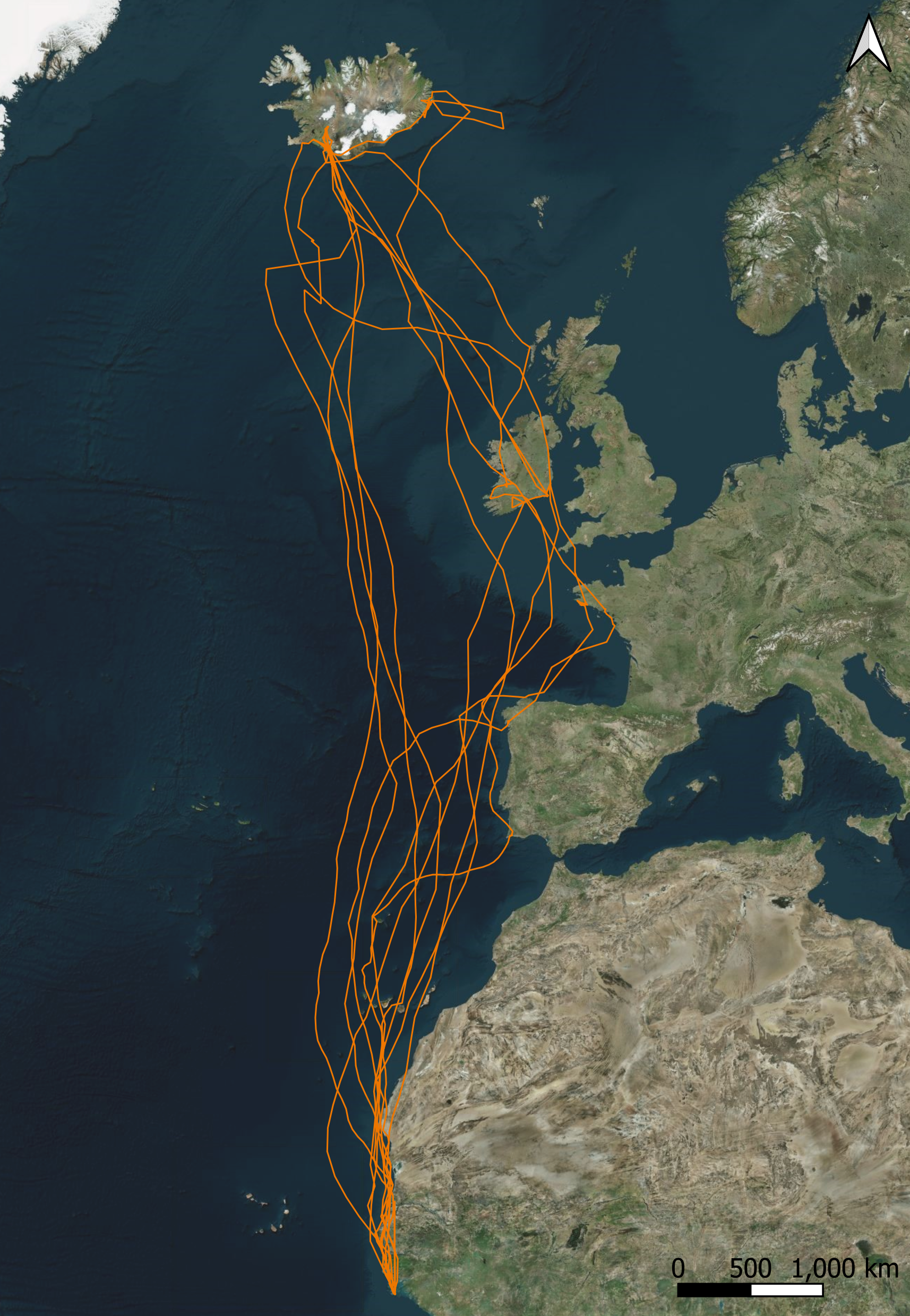
Long-distance migrations by an Eurasian Whimbrel tracked between July 2017 and June 2022.
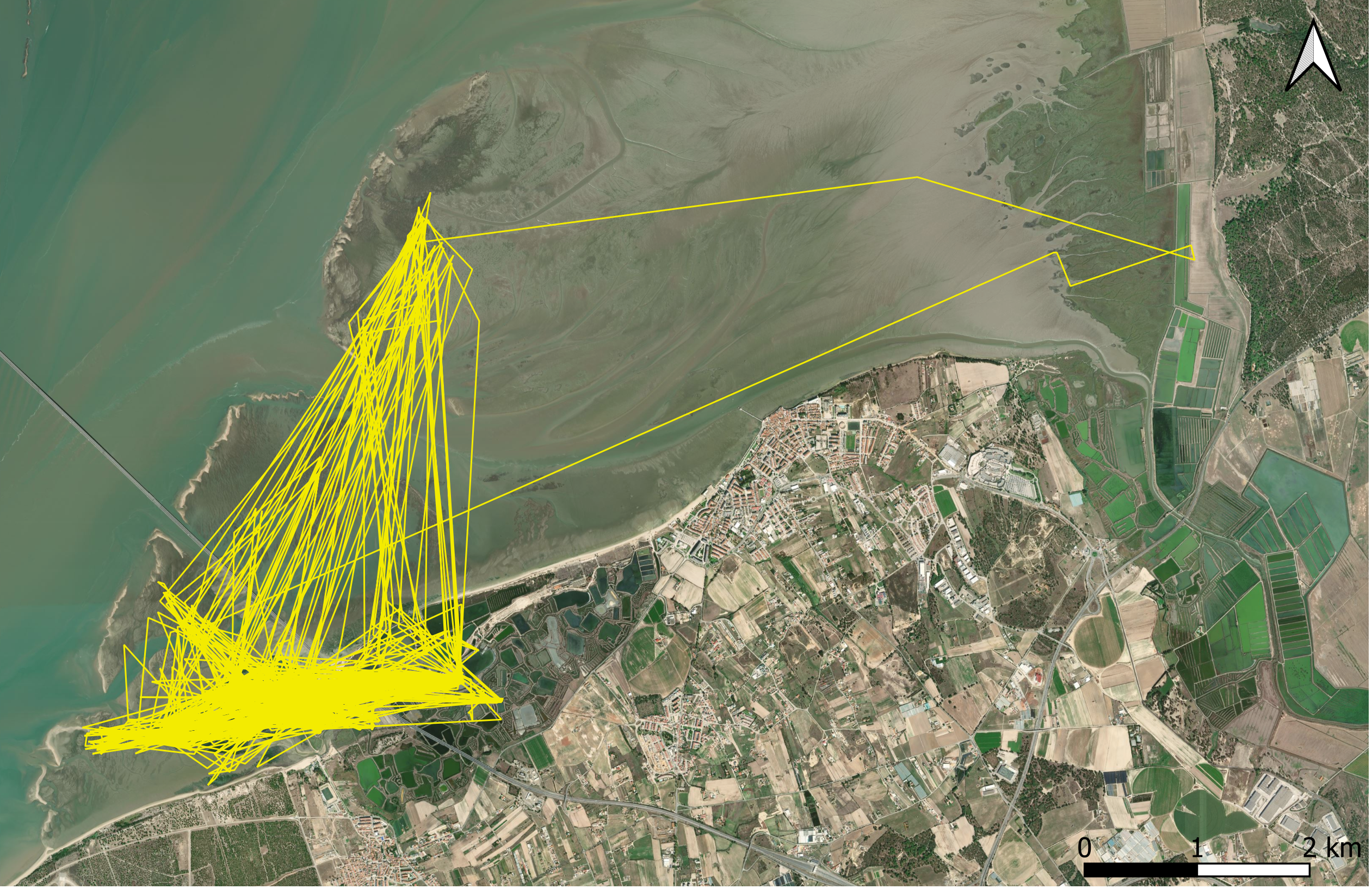
Local wintering movements of a Common Redshank in the Tagus Estuary, Portugal, tracked between October and December 2020.
How does it work?
Global Wader is intended to work as a directory and a collection of tracking studies. We record the details of the study, from the field (which species, sexes and ages; where and when) to aspects of the data, using a uniform data format across contributing studies. We encourage users to store their data in a repository, via a partnership with Movebank, and can help with uploading historical data.
Users retain ownership of the datasets, unless an open access option is selected by data owners themselves. Both Movebank and Global Wader offer varying levels of public visibility of the study, in order to allow identification by interested colleagues.
In the Registry users can view those details of studies that data owners have agreed to share. This is intended to help trackers find each other, to share data and experiences from the field & further promote collaborative studies specifically aimed towards the conservation of waders.
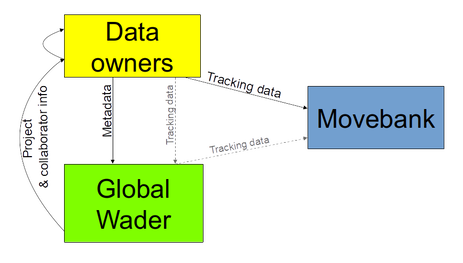
The diagram above represents the typical workflow of Global Wader:
1. Data owners that already store tracking data in Movebank, can share metadata via Global Wader’s data agreement form, and, optionally, data access with Global Wader (by sharing with our Movebank account, named ‘gwtdp’).
2. For data owners who do not have (nor wish to have) a Movebank account, Global Wader offers a service to upload their data into the repository and automatically register it with Global Wader, ensuring data will only be used according to the data agreement form (please contact globalwader@waderstudygroup.org).
3. In turn, Global Wader can provide participating data owners with information about past and ongoing studies, enabling them to develop a further sharing relationship. Global Wader will also serve as contact point from projects outside its Data owner community, to promote collaborative research, particularly aimed towards the conservation of waders.
Why track waders?
Electronic tracking provides data on the locations of waders, often at high spatiotemporal resolution and in (almost) real time, providing unprecedented detail on their movement behaviour and use of sites and habitats.
It also enables the year-round tracking of migratory species, including in areas where obtaining field observations is challenging. Tracking can be especially useful when complementing, or complemented by, larger samples of birds with life-long tracking data from metal/colour rings.
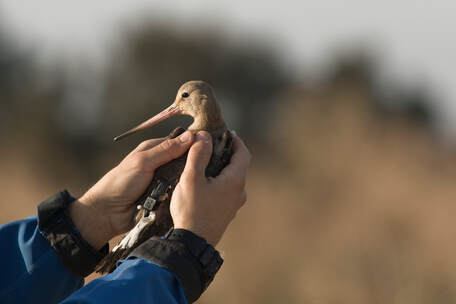
Contact us at globalwader@waderstudygroup.org
header and photo by Triin Kaasiku
maps by @eco_flyway
maps by @eco_flyway